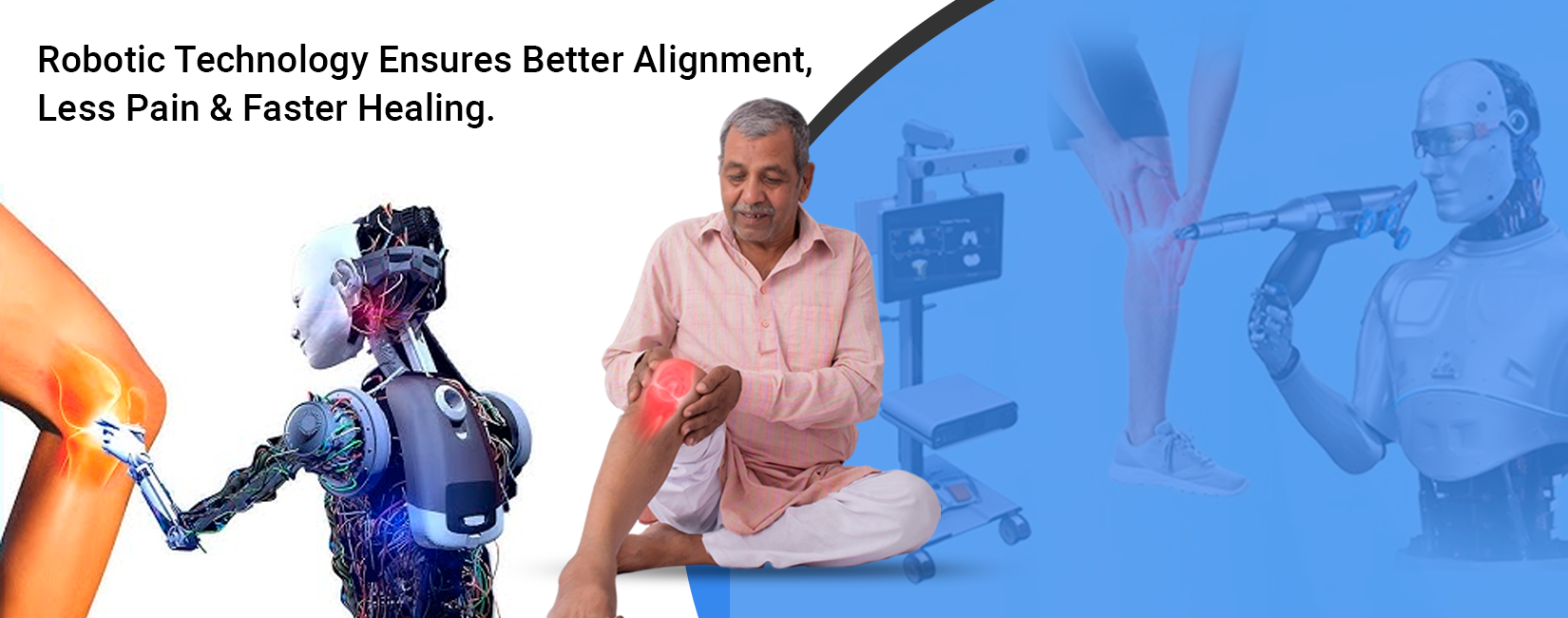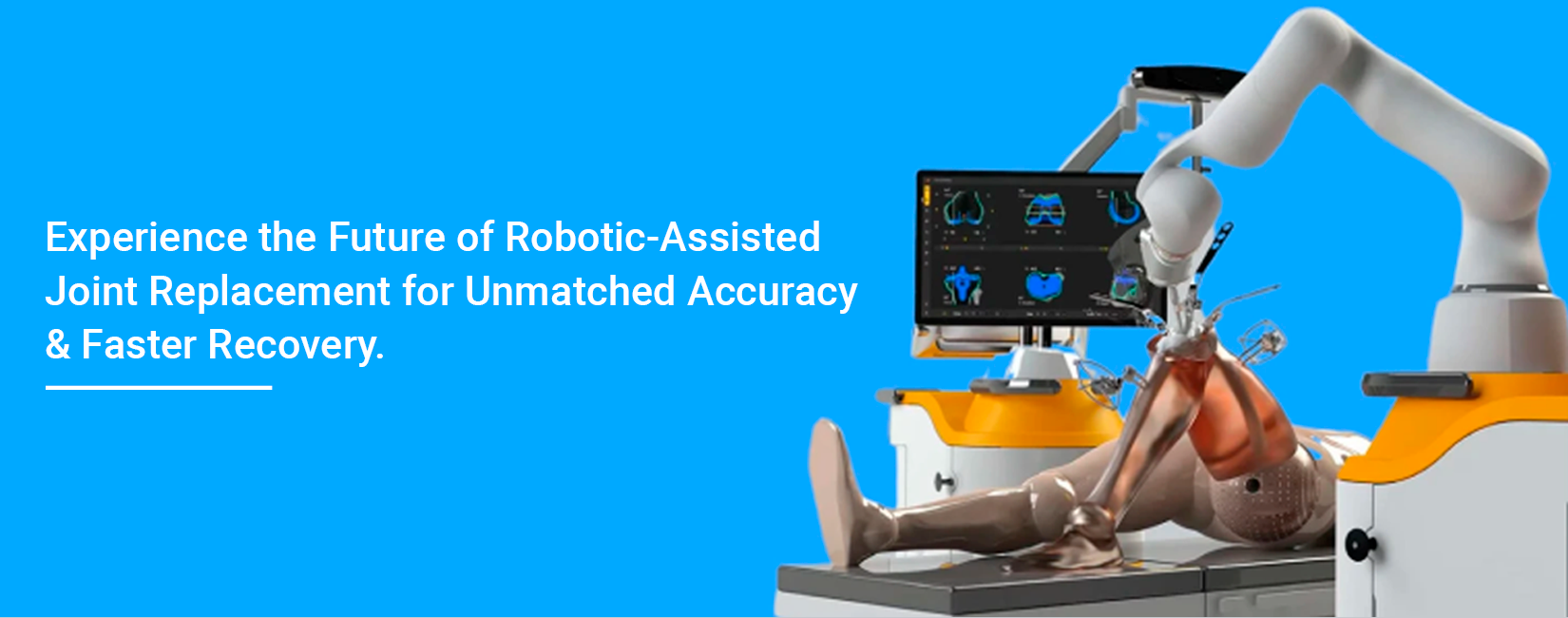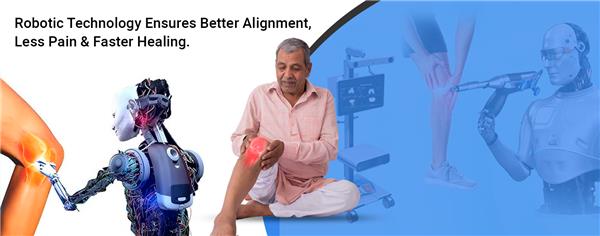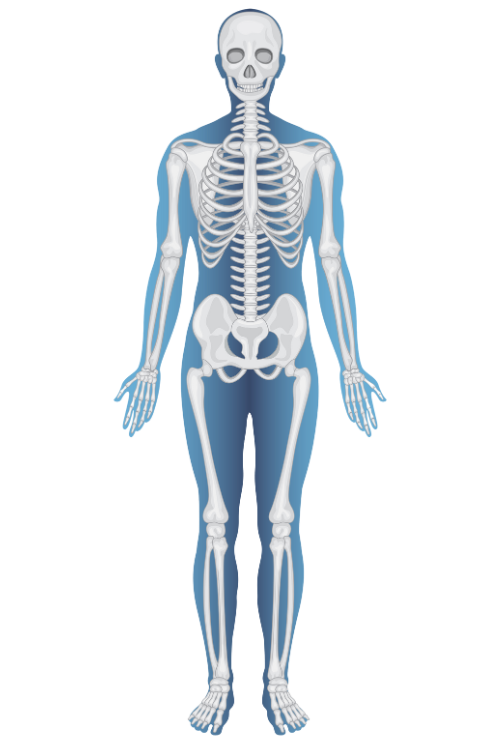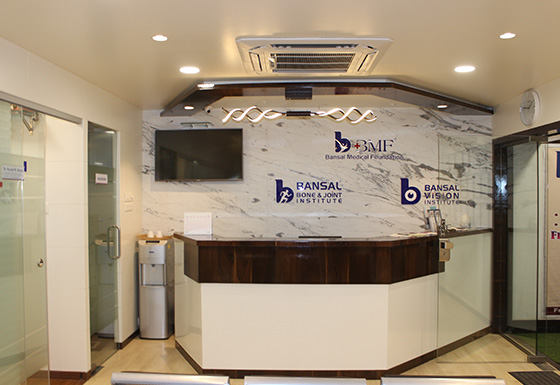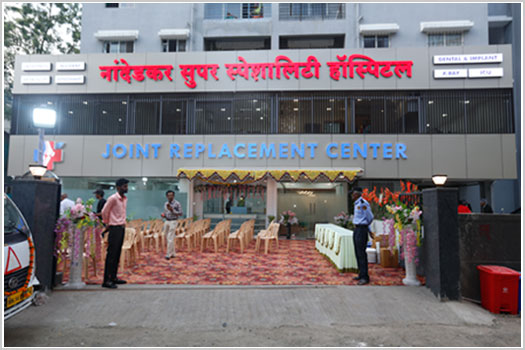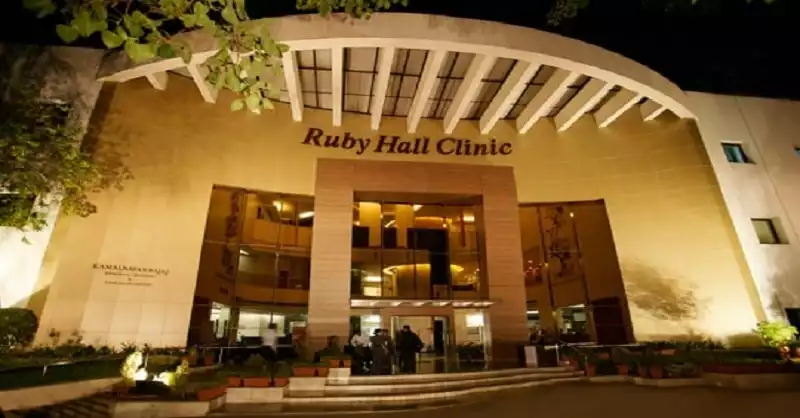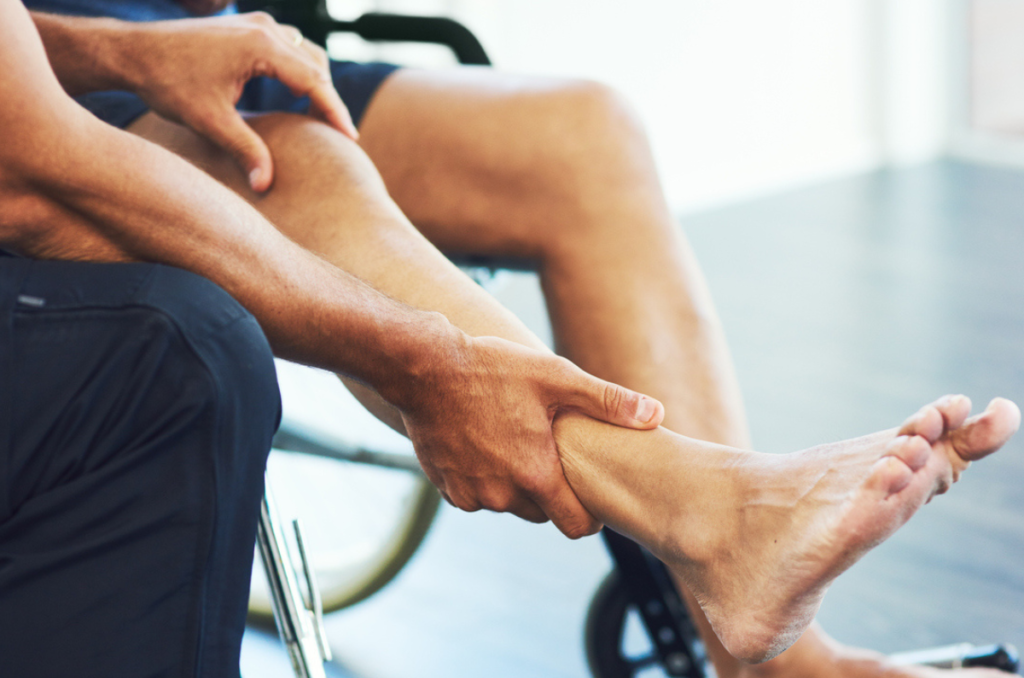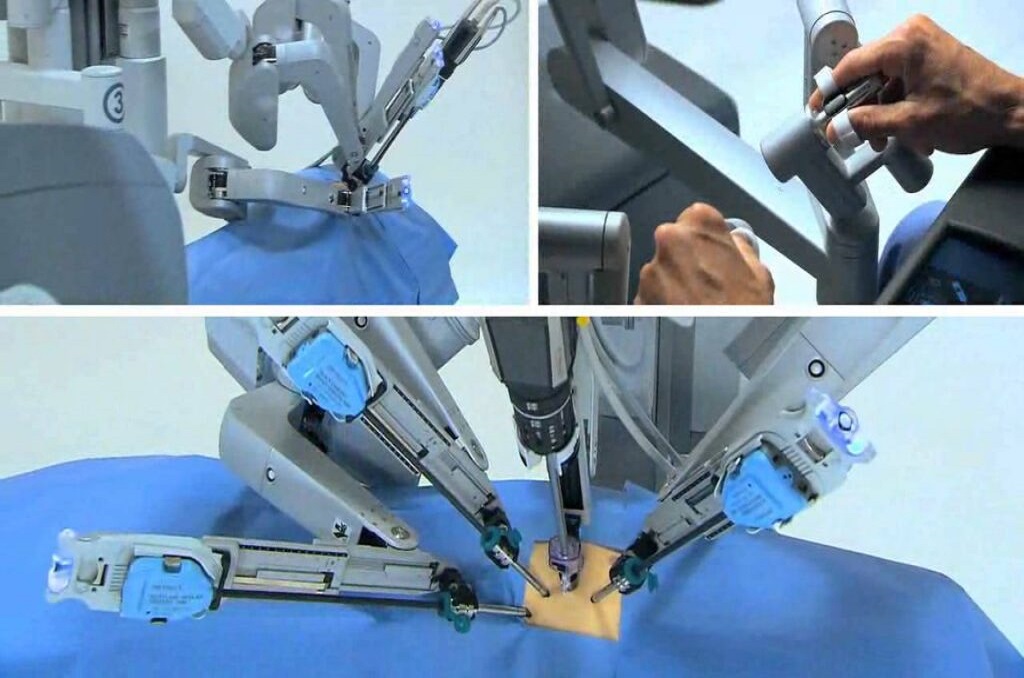
Bansal Medical Foundation
1 st Floor, Connaught Plaza, Connaught Road, Opposite G.P.O. , Sadhu Vaswani Rd, Agarkar Nagar, Pune, Maharashtra 411001.
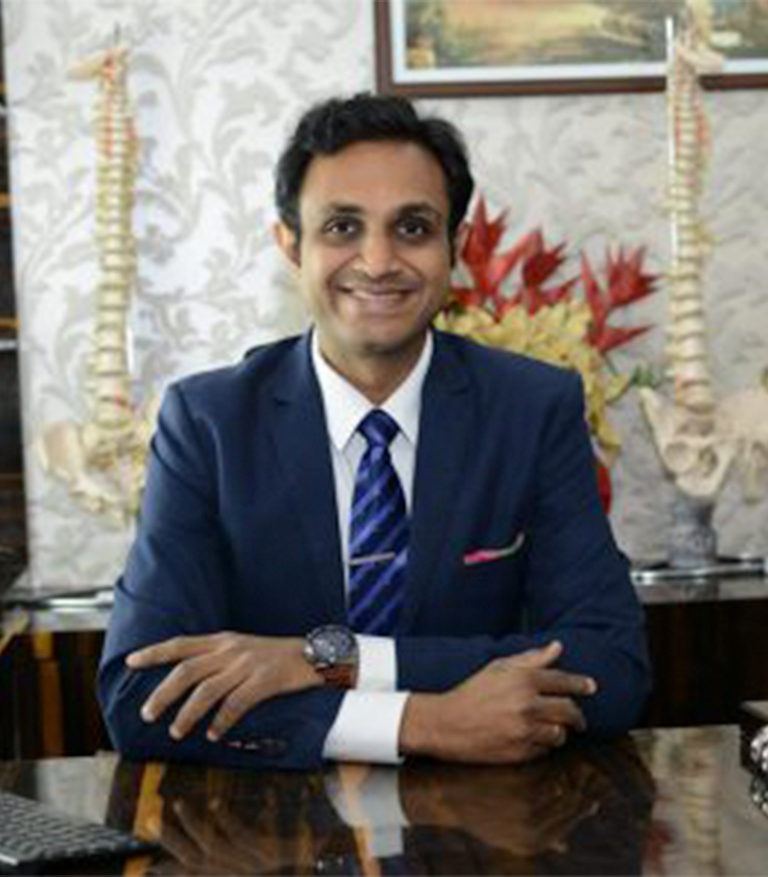
Dr. Kunal R. Bansal
Orthopaedic Surgeon
Dr. Kunal R. Bansal is a highly skilled orthopedic surgeon in Pune, specializing in Joint Replacement and Robotic Joint Replacement. With over 11 years of experience, he is committed to improving patient mobility and quality of life through advanced treatment options.
Educational Background
Dr. Bansal earned his MBBS from the Maharashtra Institute of Medical Education & Research (MIMER) in 2009, where he received distinctions and gold medals throughout his academic career, culminating in being named the best outgoing student. He subsequently secured a top rank in the M.S. examination and completed his M.S. in Orthopaedics from B.J. Government Medical College and Sassoon General Hospitals in 2013.
KNEE JOINT REPLACEMENT
-
What is
Knee Replacement -
Why
Knee Replacement -
Conventional
VS Surgery -
Advantages
Knee Replacement -
After Surgery
Knee Replacement
Looking for the best Joint Replacement Surgeon in Pune? Contact Dr. Kunal R. Bansal… as with the launch of CUVIS Joint… The next generation for joint replacement surgery… He is the best to go for Joint Replacement Surgery in India.
In Total Knee Replacement procedure, a robot is used to take required surgical bone cuts and also to define soft tissue tension. Considering the superiority of this technology, one can surely expect the best post-surgical outcomes with robot i.e. CUVIS Joint as against manual way of surgery.
Standard knee replacement with CUVIS Joint typically comprises of :
- In-clinic Diagnosis
- Pre-surgery Planning (Virtual Simulation)
- Discharge from Hospital
- CT-Scan
- Autonomous Surgical Procedure

CUVIS Joint robot for knee replacement is based on 4 core values of simplicity, accuracy, flexibility and safety.
Simplicity
- 3D bone model generation with fast and easy CT image data
- Reduced surgery preparation time with convenient user interface
Accuracy
- Precise pre-surgical planning executed every time
- Sub-millimeter dimensional accuracy
Flexibility
- Various cutting options
- Provision for intra-operative plan changing and gap balancing
Safety
- Real time system monitoring
- Emergency stop and force freeze with an option of manual guide of robot arm

Personalised
Pre-planning

Pre-selection of artificial joint and precise insertion of artificial joint

Precise cutting for sub-millimeter accuracy and optimum alignment

Reduction of side effect and reoperation
The procedure for a Total knee Replacement (TKR) has advanced greatly with the development of new materials and the increasing understanding of the knee joint biomechanics. An accurate alignment of the component and soft tissue balancing has been cited as the essential for the success of Total knee Joint Replacement (TKR).
CONVENTIONAL KNEE REPLACEMENT
In traditinal knee replacement metal blocks and intramedullary rods are used for bone cutting and as measurment tools. Althought mechanical alignment guides have been designed to improve accuracy,there are several limitations to this and errors are possible
KNEE REPLACEMENT SURGERY
There are limits on improving the alignment accuracy using a conventional total knee replacement. In knee replacement joint axis and bone alignment is defined with help of CT Scan so no intramedullary rods are required. Patient specific 3D bone model is developed with help of CT Scan and bony cuts are taken on this 3D bone model to check accurate positioning of implants.
It is like performing surgery on bone models before performing surgery on patient.This removes all errors which can occur with converntional knee replacment procedure. In surgery bone mapping done with help of sensors and cameras. These sensors and cameras also help in measuring soft tissue tension, this improving gap balancing. As implants are well balanced this leads to longer life of implants and greater movements are possible after total knee replacement.
ADVANTAGES OF KNEE REPLACEMENT
- Best post-surgery results
- Patient specific i.e. personalized pre-surgery planning
- Maximum surgical accuracy
- Minimally invasive nature - lesser blood loss and associated pain
- Faster recovery with lesser hospital stay required.
- Minimal incision is given.
- Surgical time is kept minimal.
- Pain control is done with local infiltration of drug at time of surgery.
- Minimal drugs are used.
- Patient can walk within few hours of surgery.
- Blood loss and stress on patient body is reduced.
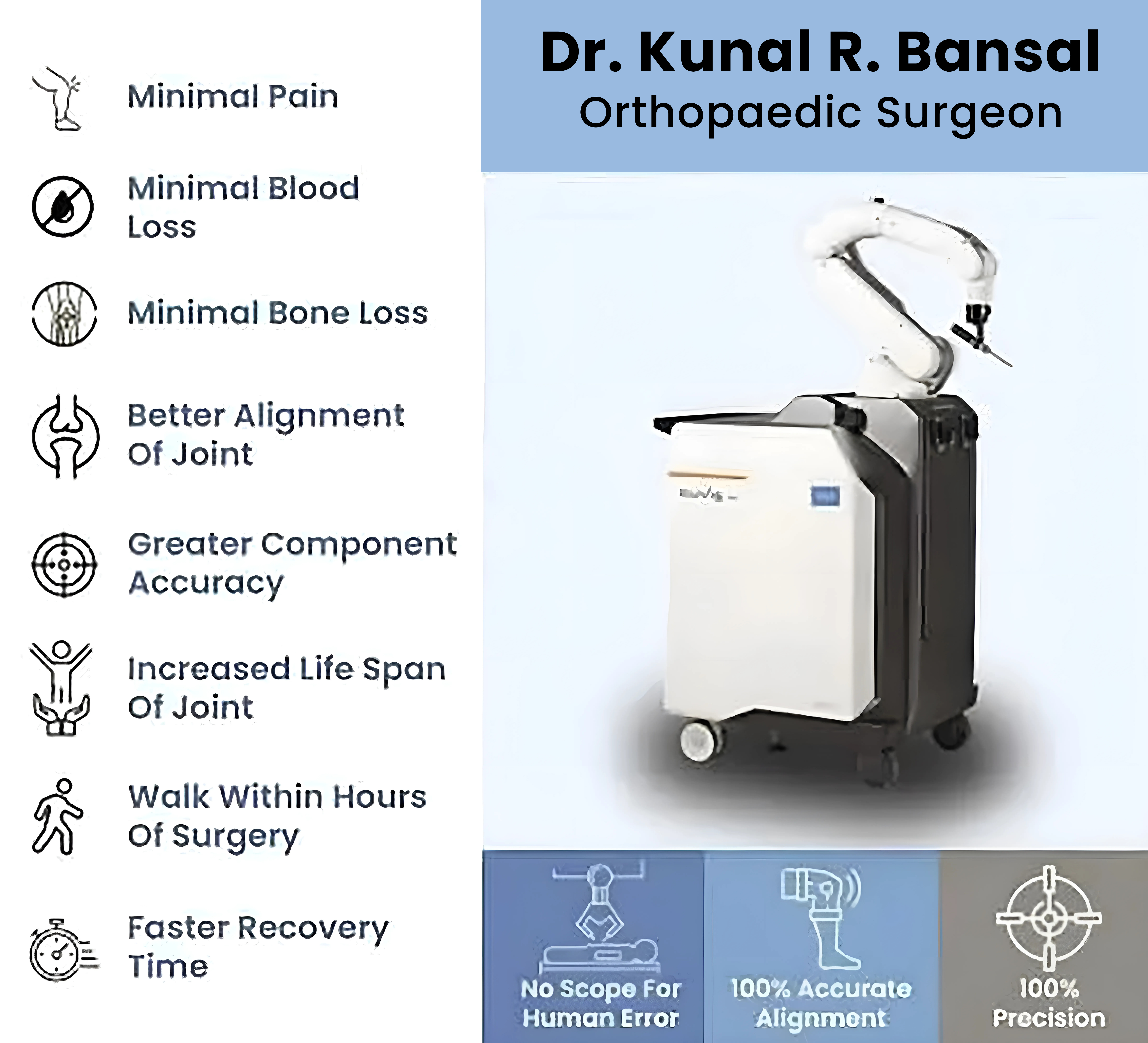
AFTER SURGERY
You will be assisted to sit up about an hour after surgery. You will be encouraged to walk 3-4 hours after surgery. You will be assisted to stand and start walking with walker on same day of surgery. This is all possible with use of true balance technique and local infiltration of anaesthetic agent at time of surgery.
DAY 3 & 4 :
Knee bending exercises will be increased. During the day you will be walking 3-4 times with walker. Once you gain confidence you will be demonstrated how to walk up a staircase. You will be allowed to do the exercise by yourself. You will be allowed to sit on chair.
IMPORTANT ADVICE :
You must not keep pillow or towel under the operated knee, this is to prevent flexion deformity of knee. To prevent knee deformity put one or two pillows under the lower 1/3rd of leg so that knee hangs in mid air and there is no pressure over heel area.
21+
Years of Experience
2410+
Successful Surgery
6345+
Happy Patients
20+
Award Got
OUR SERVICES
Accident And Fracture
Fractures commonly happen because of car accidents, falls, or sports injuries. Overuse and repetitive motions can also cause fractures. Low bone density and osteoporosis are conditions which cause weakening of your bones. Having one of these conditions makes you much more likely to break a bone. Read More
Hip Replacement
Total hip replacement is advised by doctor when both acetabulum (cup of hip joint) and femoral head (Ball of hip joint) are damaged and there articular surfaces are no longer smooth. Common disease where total hip replacement is needed includes Avascular necrosis of femoral head, Read More
Accident and fracture
A bone fracture is the medical definition for a broken bone. Fractures are usually caused by traumas like falls, car accidents or sports injuries.A bone fracture is the medical definition for a broken bone. Fractures are usually caused by traumas like falls, car accidents or sports injuries. Read More
Pediatric Orthopedics
Pediatric Orthopedics is the surgical adjustment or modification of bone that grows incorrectly as the result of a disease or condition, such as bowlegs or knock knee.
Spinal Pediatric Orthopedics surgery can be used to help patients with scoliosis, kyphosis, Read More
Fracture Treatment
A fracture is a broken bone. It can range from a thin crack to a complete break. Bone can fracture crosswise, lengthwise, in several places, or into many pieces. Most fractures happen when a bone is impacted by more force or pressure than it can support. Read More
Laminectomy
Laminectomy is surgery to remove the back arch or part of a spinal bone. This part of the bone, called the lamina, covers the spinal canal.
Laminectomy enlarges the spinal canal to ease pressure on the spinal cord or nerves. Laminectomy is often done as part of a decompression surgery to relieve pressure. Read More
Bone Trauma
The process of rejoining and realigning the edges of the broken bones is called as fracture repair. Fracture repair is necessary, if there is a chance for restoration and functioning of the broken bone. In case the fracture is not healed properly, there is a chance for occurrence of misalignment in the bones that results in physical dysfunction of the bone or in the joints. Read More
Laminectomy
Laminectomy is surgery to remove the back arch or part of a spinal bone. This part of the bone, called the lamina, covers the spinal canal. Laminectomy enlarges the spinal canal to ease pressure on the spinal cord or nerves. Laminectomy is often done as part of a decompression surgery to relieve pressure. Read More
Sports Medicine
Exercise is important to good health, but people often get hurt when participating in sports or other physical activities. A sports injury involves damage to part of your body due to sports, exercise or athletic activities. Read More
Arthroscopy & Sport Injury
Arthroscopy is a surgical procedure doctors use to look at, diagnose, and treat problems inside a joint. It’s a minor surgery and is done on an outpatient basis, which means you can go home the same day. Your doctor may recommend it if you have inflammation in a joint, have injured a joint, or have damaged a joint over time. Read More
Joint Pain Treatment
Joint pain treatment includes: Simple at-home remedies: Your healthcare provider may recommend applying a heating pad or ice onto the affected area for short periods, several times a day. Soaking in a warm bathtub may also offer relief. Exercise: Exercise can help get back strength and function. Read More
Pediatric Orthopedics
Pediatric Orthopedics is the surgical adjustment or modification of bone that grows incorrectly as the result of a disease or condition, such as bowlegs or knock knee. Spinal Pediatric Orthopedics surgery can be used to help patients with scoliosis, kyphosis, trauma, or other conditions that affect the spine, such as ankylosing spondylitis. Read More
Tell us where it hurts
Specialized Orthopedics to Meet Your Needs
Our specialized physicians and providers deliver individualized, quality care to the injured employee with the goal of returning them back to work safely and quickly. We have a dedicated Workers’ Compensation department that coordinates all care.
- Joint Pain Treatment
- Hip Replacement
- Accident and fracture
- Pediatric Orthopedics
- Laminectomy
